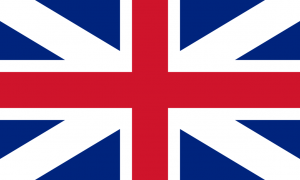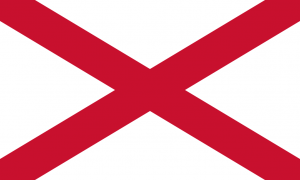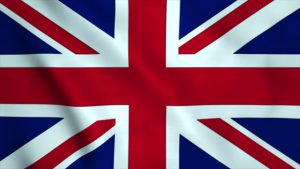British Rule
The Irish have suffered under British rule for centuries. Since King Hendrik II came to Ireland in 1171, the English have had a powerful grip on the Irish. There have been many battles and wars to become independent, which eventually partly succeeded. Today, the Northern part of the Irish island still remains under British rule. How this came to be is explained in this chapter.
The Battle of the Boyne – 1690
The trouble between the Catholic Irish and Protestant English started with the Ulster plantation in 1609. England became Protestant and sent British and Scottish farmers to the north of Ireland to spread Protestantism. When the Catholic James II became king of England in 1685, many Englishmen wondered whether they still wanted a Catholic king. His daughter Mary was married to William of Orange, who was an important Dutchman. The Dutch were very Protestant at the time and therefore the English nobles invited him to become king. James II fled the country and went to France, which was also very Catholic. Since the French hated William of Orange, they gave James II an army and a lot of money to defeat William and take back the crown. James II went back to Ireland, where many people still believed in him and fought against William’s army. In 1690, they battled near the river Boyne, which is close to Dublin. It was a very bloody battle that William won. The protestants, including those who lived in the North of Ireland, were very happy about this. That’s why protestants in Northern Ireland today still hold parades wearing the colour orange as a tribute to the Battle of the Boyne.
Watch the video and answer the question below.
Act of Union – 1800
By this time, the Kingdom of England and the Kingdom of Scotland were united into the Kingdom of Great Britain. Although Ireland shared the same king as the British, they still had their own government. At this time in history, England was at war with Catholic France. The English started to worry that Ireland would plan another invasion with the French, so the British prime minister, William Pitt, came up with a plan. He suggested a union with Great Britain, which gave the Irish a few benefits. The Irish, at first, didn’t want anything to do with it, but later the bill got passed anyway. How, do you ask? Lot’s of Irish parliament members were bribed to vote for this Act. And so the United Kingdom of Great Britain and Ireland was born. After this event, they added Sint Patrick’s cross to the Union Jack. This flag is still in use today.
The Great Famine 1845 – 1852
In 1845, the Irish found a fungal disease in their potatoes. Since potatoes were the primary food source for many Irish, this caused a big problem. When in 1848 and 1849, the disease hit again, there was so little food left that many were starving. The British government did not send any money to help them because they were afraid they would buy guns and revolt against English rule again. More than 100.000 Irish people died of hunger, and more than 2 million fled the country. The ones that did survive were now filled with hatred against the British government.
Because many Irish fled to Britain, The United States or Canada, there are around 70 million people around the world with Irish roots. Check out the map to see where the Irish (or people with Irish roots) live today. The countries with the most Irish people are highlighted.

Home rule
Charles Stewart Parnell, who was an Irish member of the British government, convinced the British Prime Minister that Ireland should be home-ruled again. He wanted an Irish parliament in Dublin which dealt with most of the Irish affairs and no more Irish people in the British parliament. They tried to pass the bill a couple of times, but failed because not everyone agreed on the terms. In the meantime, the political party ‘Sinn Féin’ was formed. It means ‘we ourselves’. They wanted to break free from English rule completely.
When the Home-rule bill finally got accepted in 1914, the Ulster protestants made it very clear that they would not accept Home Rule. They smuggled in over 25.000 rifles and even more ammunition from Germany and formed the Ulster Volunteer Force (UVF). To avoid any violence, the British government decided to make a compromise. It would be introduced in the South but the 6 Northern counties, which were mostly Protestant, would remain in the United Kingdom.
The Easter Rising
When World War I broke out many Irish Catholics, who supported ‘Home Rule’, joined the British army to fight against Germany. They became known as the Irish volunteers. Since it was clear, at some point, that Britain was losing the war, some of these Irish volunteers decided to make use of it. The Dublin’s General Post Office was captured by them on Easter Monday. The fighting between the rebels and the British forces went on for five days. In the end, the Irish volunteers, which were later recognised as the Irish Republican Army (IRA), had to surrender. This fight became known as the Easter Rising (1916). When fifteen of these rebels were executed for treason, the support for the political party ‘Sinn Féin’ grew.
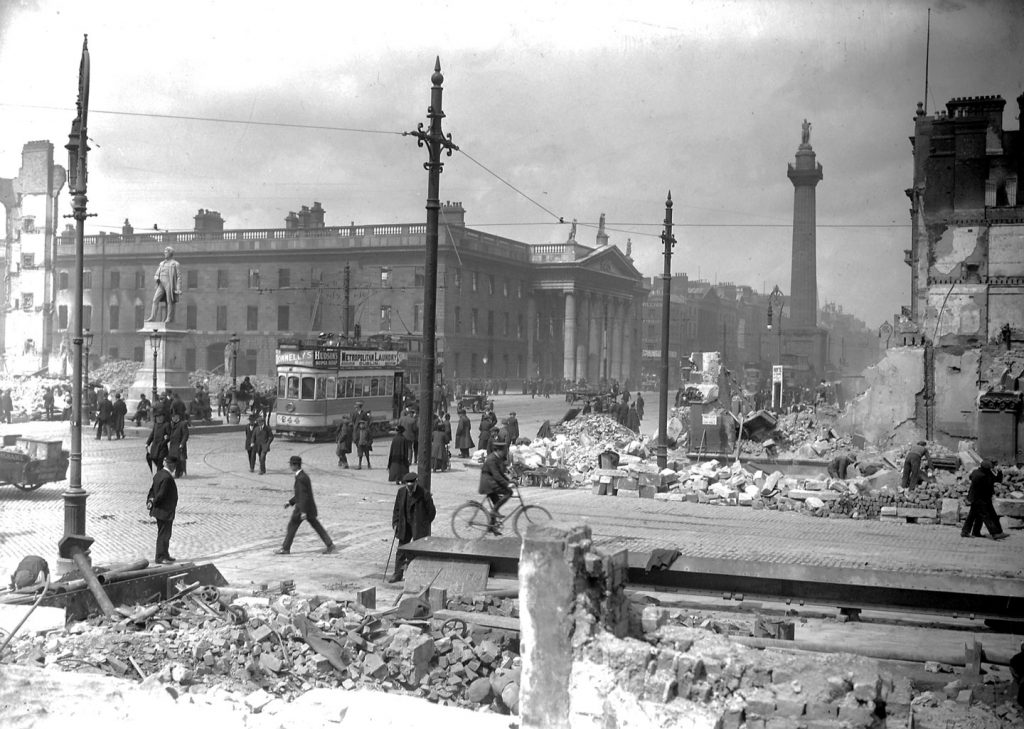
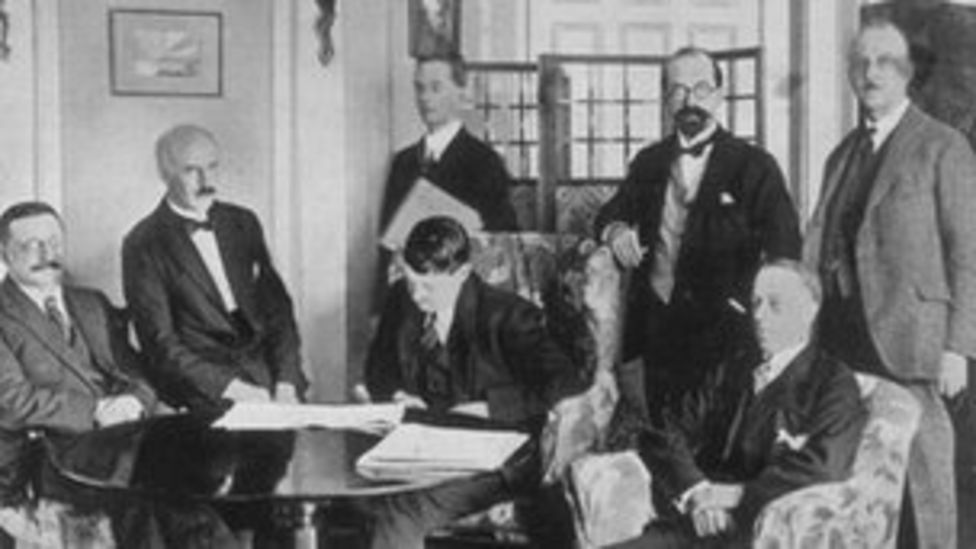
War of Independence 1919 – 1921
During the War of Independence the IRA kept fighting for independence. In 1920, the ‘Government of Ireland Act’ was introduced. This meant that there were going to be 2 different parliaments in Ireland. One of them would serve the twenty-six counties in the South and would be placed in Dublin. The other one, who had to serve the six Northern counties that remained part of the United Kingdom, was set in Belfast. The North was now very clearly divided in people who were against partition, and people who supported the partition. Irish nationalists in the South however, continued their war for independence until the Anglo-Irish Treaty was passed in 1921, making the twenty-six counties the Irish Free State.
